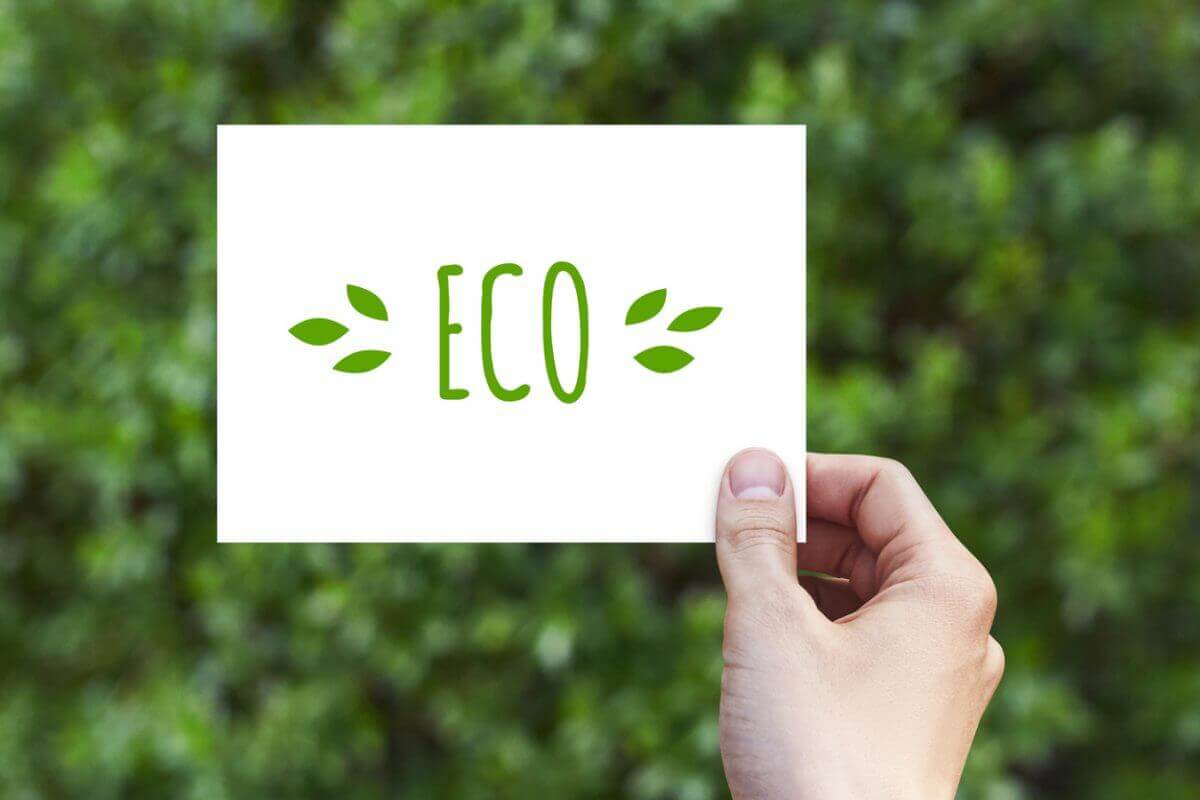Ecodesign: What Exactly Does That Mean?

The limited amount of available and renewable resources on our planet is making our current model of “extract- fabricate-dispose” increasingly unviable. Ecodesign is the approach to designing products so that they are more respectful of the environment and society. It’s a concept that’s becoming increasingly embraced by industries, particularly those facing ever-stricter environmental standards, such as the manufacturing of chemicals. These challenges are forcing researchers to develop formulations that meet or even exceed the highest standards for protecting natural resources.
An estimated 70% of a product’s total environmental and social costs can be determined during its design phase.
Why care about ecodesign?
There are many reasons why companies should embrace ecodesign. For some, ecodesign can be a way to meet consumer expectations. It can also be a strategic way to differentiate themselves from the competition or to meet regulatory requirements for exporting their products. For others, ecodesign goes beyond simply a marketing positioning tactic; its primary aim is to reduce the product’s environmental impacts while maintaining its effectiveness and value for users.
Benefits of ecodesign
Ecodesign is a great way to marry increased economic benefits with reduced environmental and social impacts. These impacts can include everything from climate change and toxicity to waste generation and environmental pollution – right over the product’s entire life from the extraction of its raw materials to its eventual disposal. This approach offers several benefits: It optimizes material and energy consumption, while reducing manufacturing and logistics costs. And by modifying the product’s characteristics, it can also create new value, new collaborations, and new business opportunities.
We are all responsible for recognizing the scarcity of natural resources and planning for their increasing unavailability. Sani Marc’s shift toward sustainable development, combined with the EcoLogo certification of many of our products, have enabled us to pursue ecodesign at scale. As a result, our products are now safer and more environmentally friendly, which underscores the importance we place on protecting the environment. All of our products are now systematically evaluated based on their environmental and toxicological profile. Ten criteria are used to determine this profile: biodegradability, skin corrosivity, flammability, oral toxicity, aquatic ecotoxicity, CMR content, VOC content, content of renewable raw materials, dilution, and end of life.
Like what you’re reading?
Get practical, expert-driven advice—sent straight to your inbox


